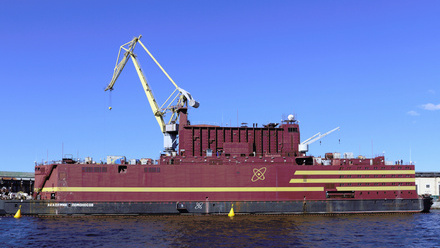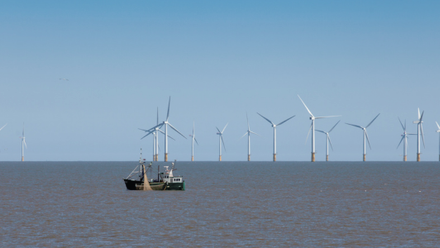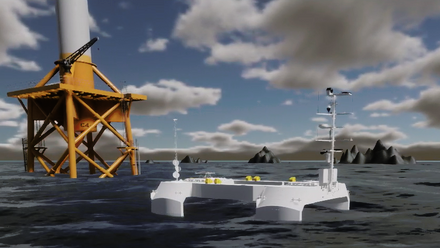Electric ferries and real-time delay updates at upgraded Dover
With the ambitious Port of Dover 2050 masterplan underway, we look at the potential impact of the changes.
The Port of Dover is undergoing a pioneering upgrade, due to fully complete in 25 years. At its original launch in Autumn 2023, Ana Ulanovsky, Arup's Ports & Maritime Leader, explained that the Port of Dover is of, “National and international significance with a proud history and an exciting future. It is a critical time for the maritime industry as it navigates a period of transformation, from decarbonisation and digitalisation to developing future skills.”
Dover's importance in the maritime industry is such that the port is responsible for one third of all trade between the UK and the EU, connecting £144 billion worth of goods, while ferrying 11 million passengers via international tourist destinations.
The project has several aims: to enable the port to embrace the digital age, to ensure that emissions are kept to a minimum in order to help conserve the local environment, and to boost the local economy and national trade.
Carbon emissions, migration and trade
The project was devised using a wide spread of opinions. In preparation, the Port of Dover invited everyone connected – local residents, customers, local and national governments, employees – to pitch in with thoughts and ideas. A public consultation was announced for Spring 2024, the results of which helped shape the final masterplan vision. Outside influences such as higher carbon prices, emission tariffs, as well as increased levels of trade competition and migration have all had an impact on the plans.
The approach that Arup has taken is to compartmentalise the redevelopment of the port - for example, breaking it down into the distinct capabilities of the Western and Eastern sectors. The redesign of the Western dock is aimed at increasing tourism and trade levels, while the Eastern zone will be developed to optimise the day-to-day running, concentrating on tasks such as outbound traffic control and scheduling of ferries.
Indeed, tackling the redevelopment on an individual basis means that Arup can set itself specific targets and proposals for each facet of the port, whether it's cargo, vessels or commercial property.
An important aspect of the plan is bringing the Port of Dover into the digital age. Many digital solutions will meld in with the port's operations as a way of boosting efficiency and convenience for both sides, staff and customers alike. Operators will, for instance, be able to inform customers of traffic information on a real-time basis. Other digital solutions will help reduce congestion and waiting times at check-in areas, while improving the quality and speed of journeys.
Another crucial element of the masterplan is environmental considerations. Its commitment to attain net zero targets and to take on board climate change and decarbonisation has helped influence design decisions. These include electrified ferries, installing on-site renewables and re-using existing infrastructures, as well as assessing various options for more sustainable transport connections with the rest of the UK.
Tourist trade continues to be part and parcel of Dover and with that in mind, the masterplan is redesigning and upgrading amenities so that visitors can enjoy local surroundings in comfort. It's also an opportunity to make the most of facilities for the local community – an example of which is an upgraded waterfront that will include a commercial quarter, residential buildings, hospitality and recreational areas, and outside green spaces.
From a business angle, the masterplan is expected to increase annual trade by up to 20%, the equivalent of £173 billion.
Tell us what you think about this article by joining the discussion on IMarEST Connect.
Image: aerial view of Dover harbour. Credit: Shutterstock.






